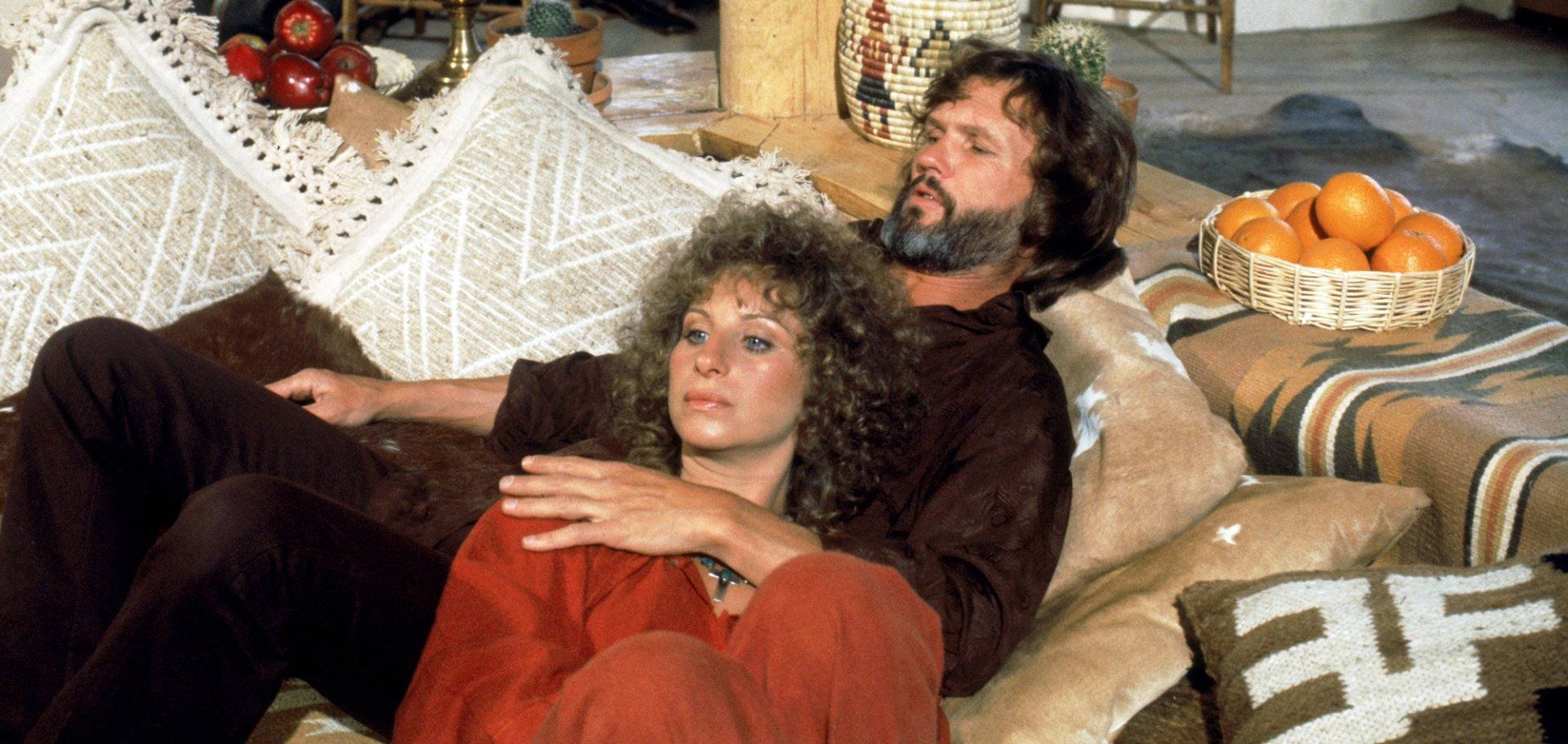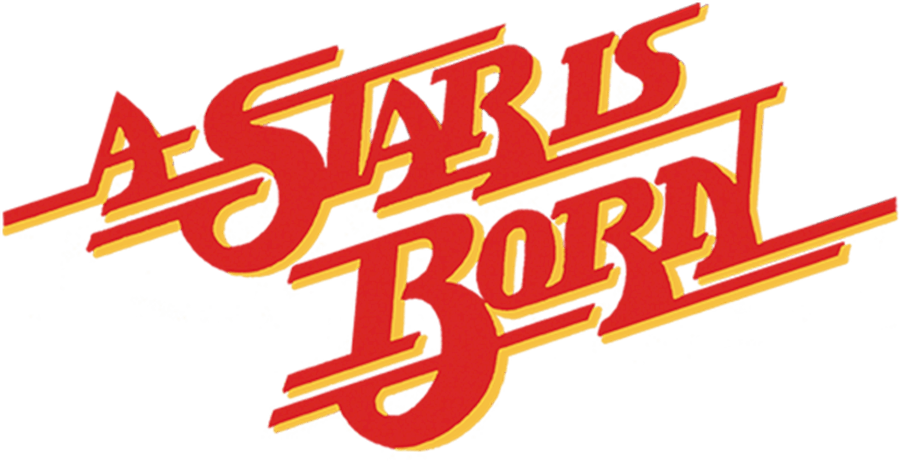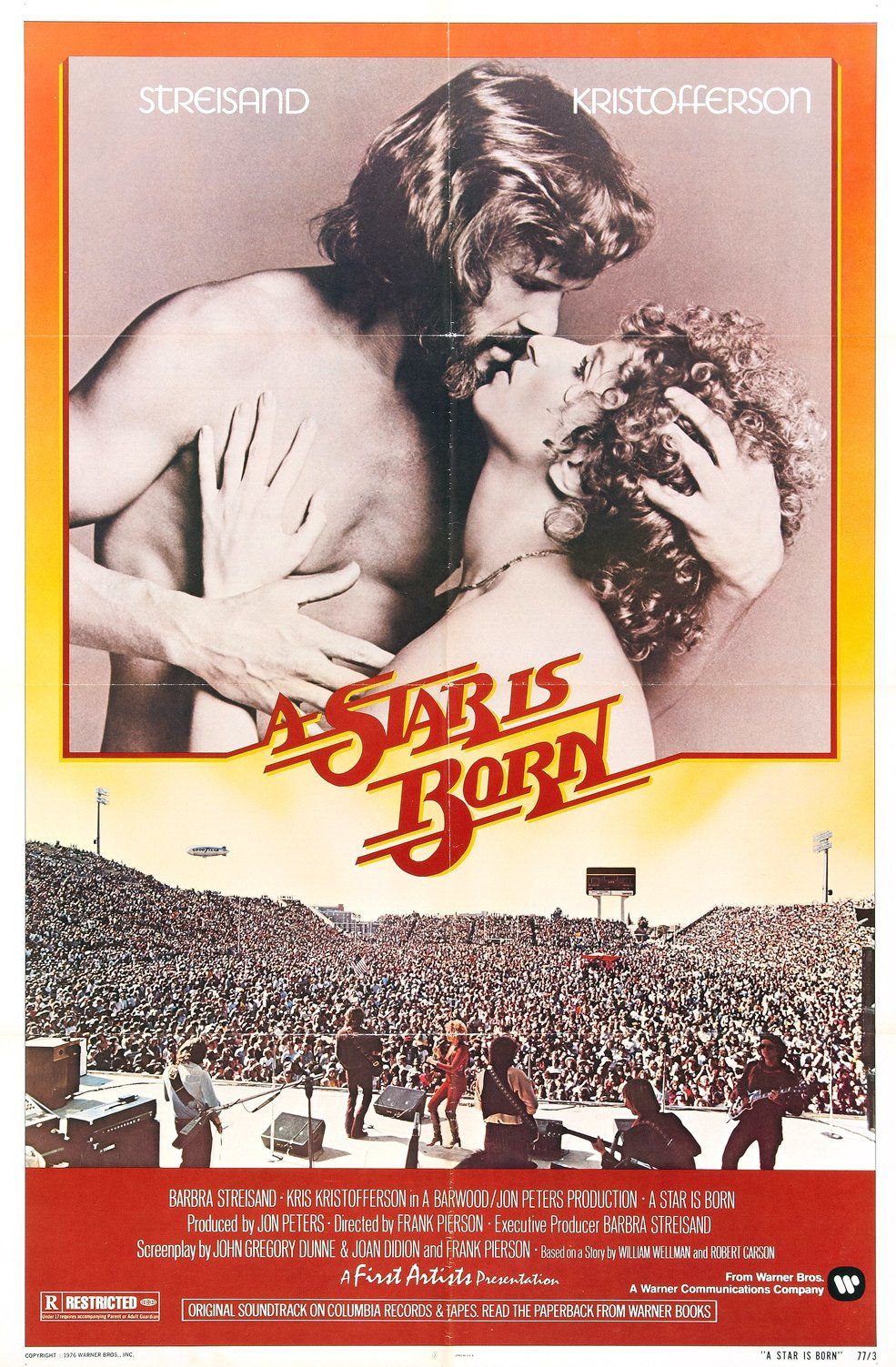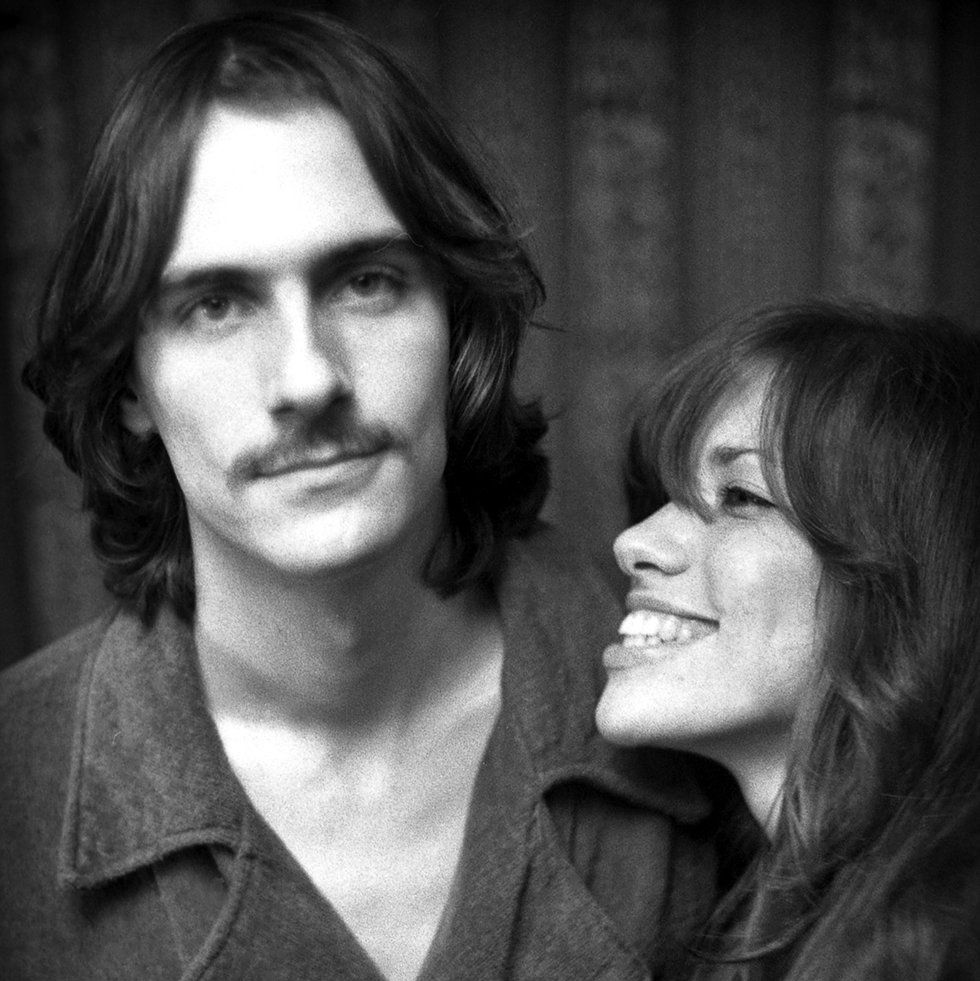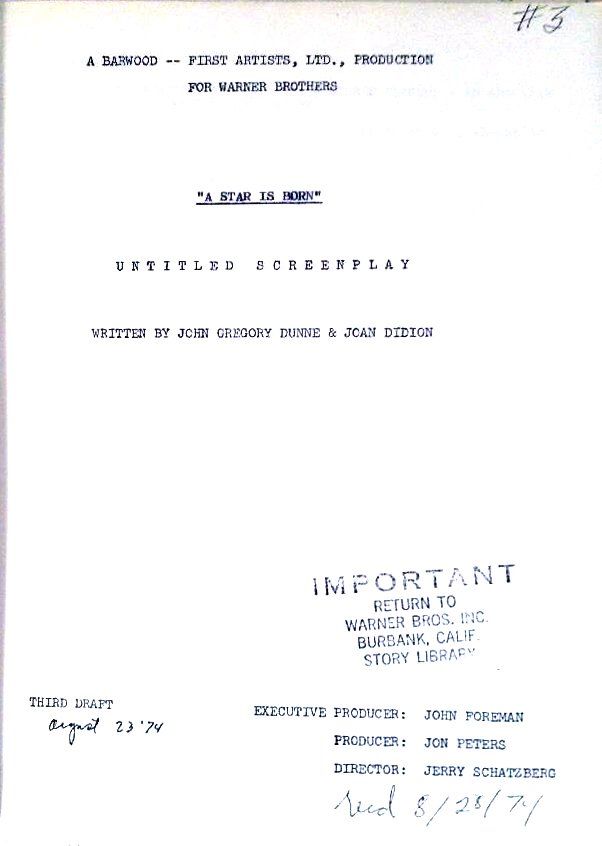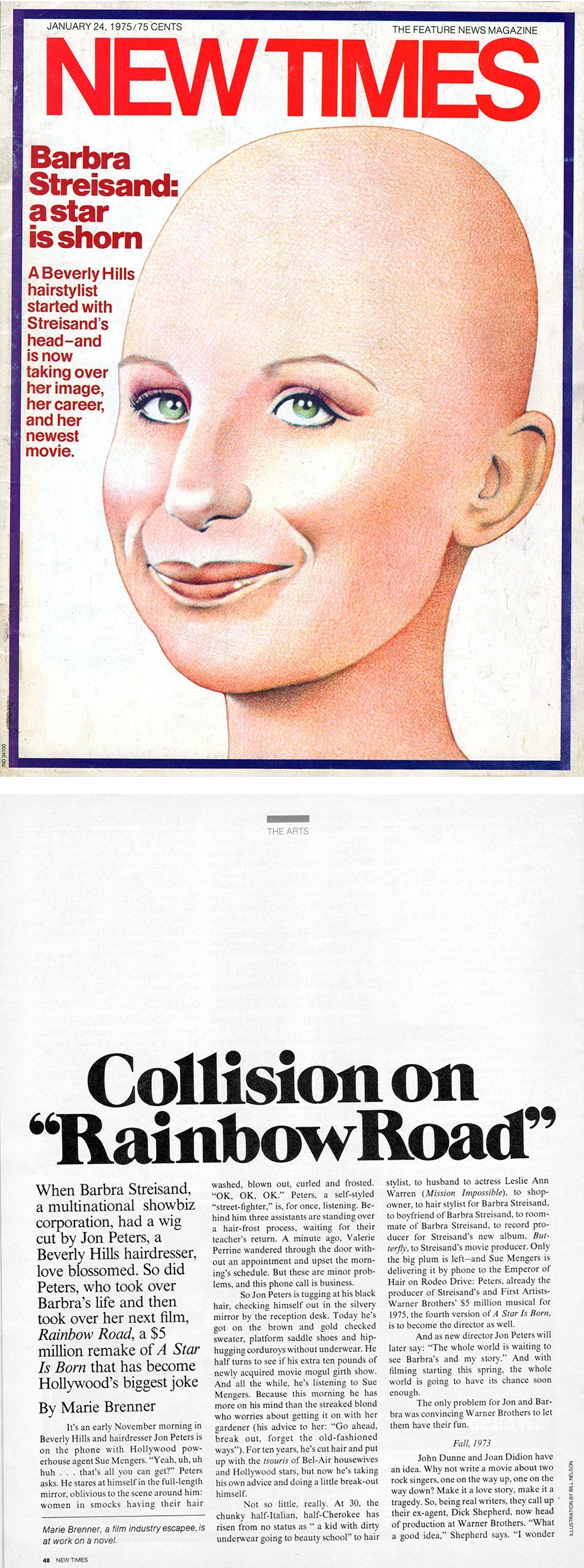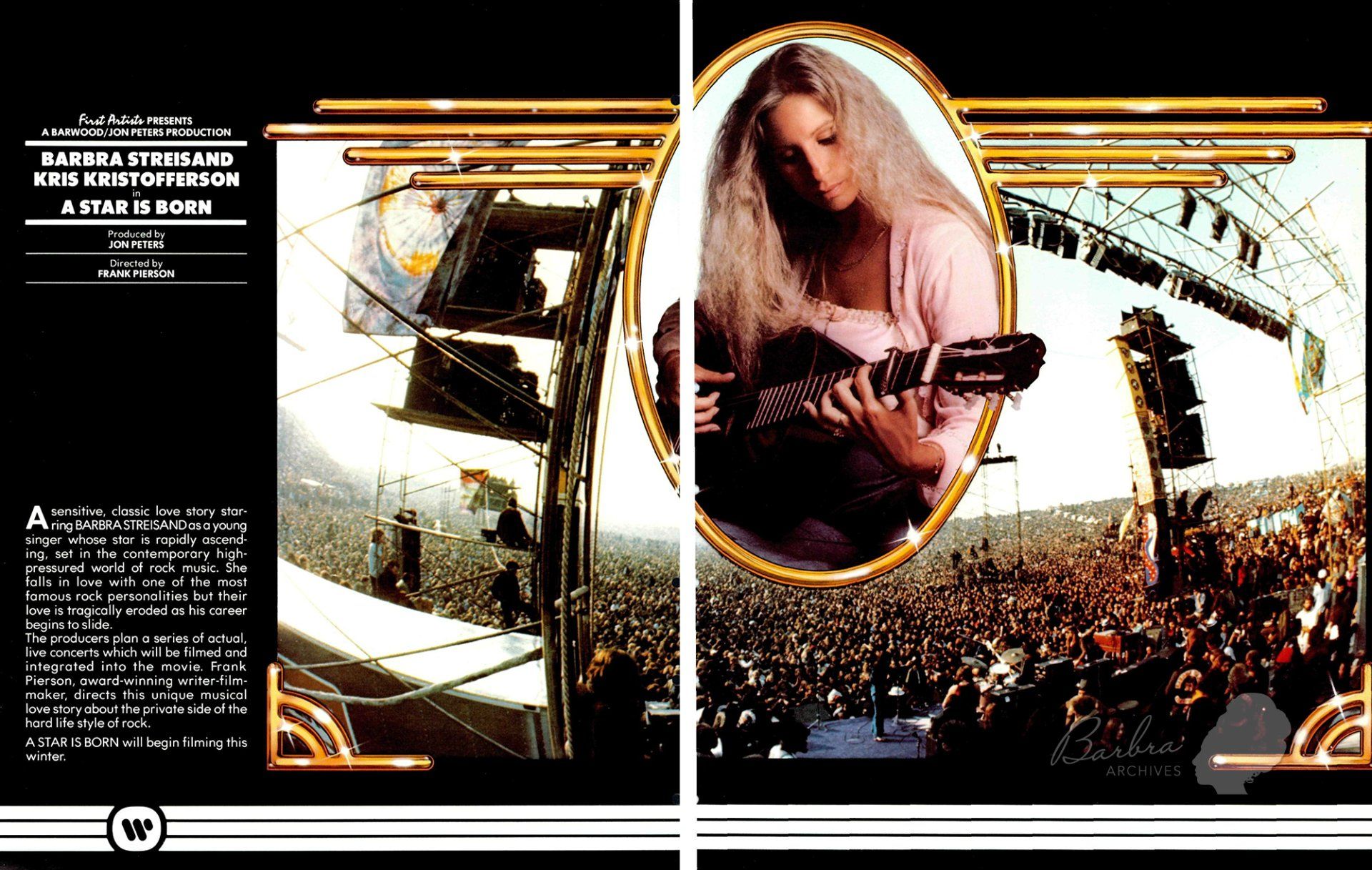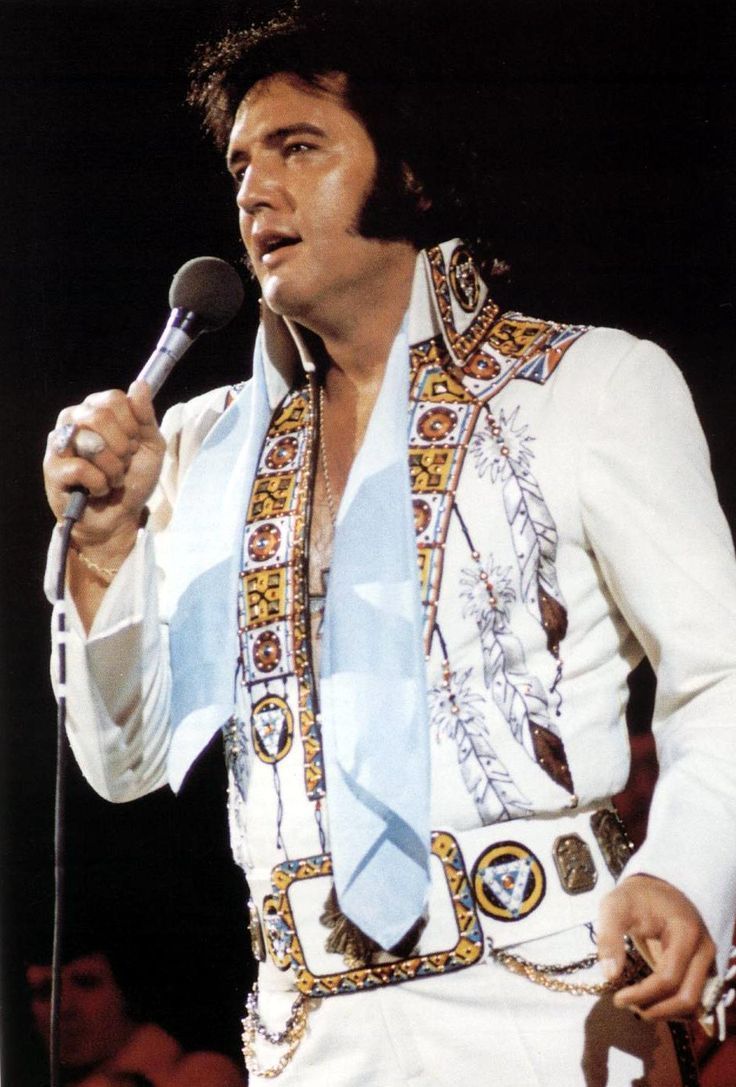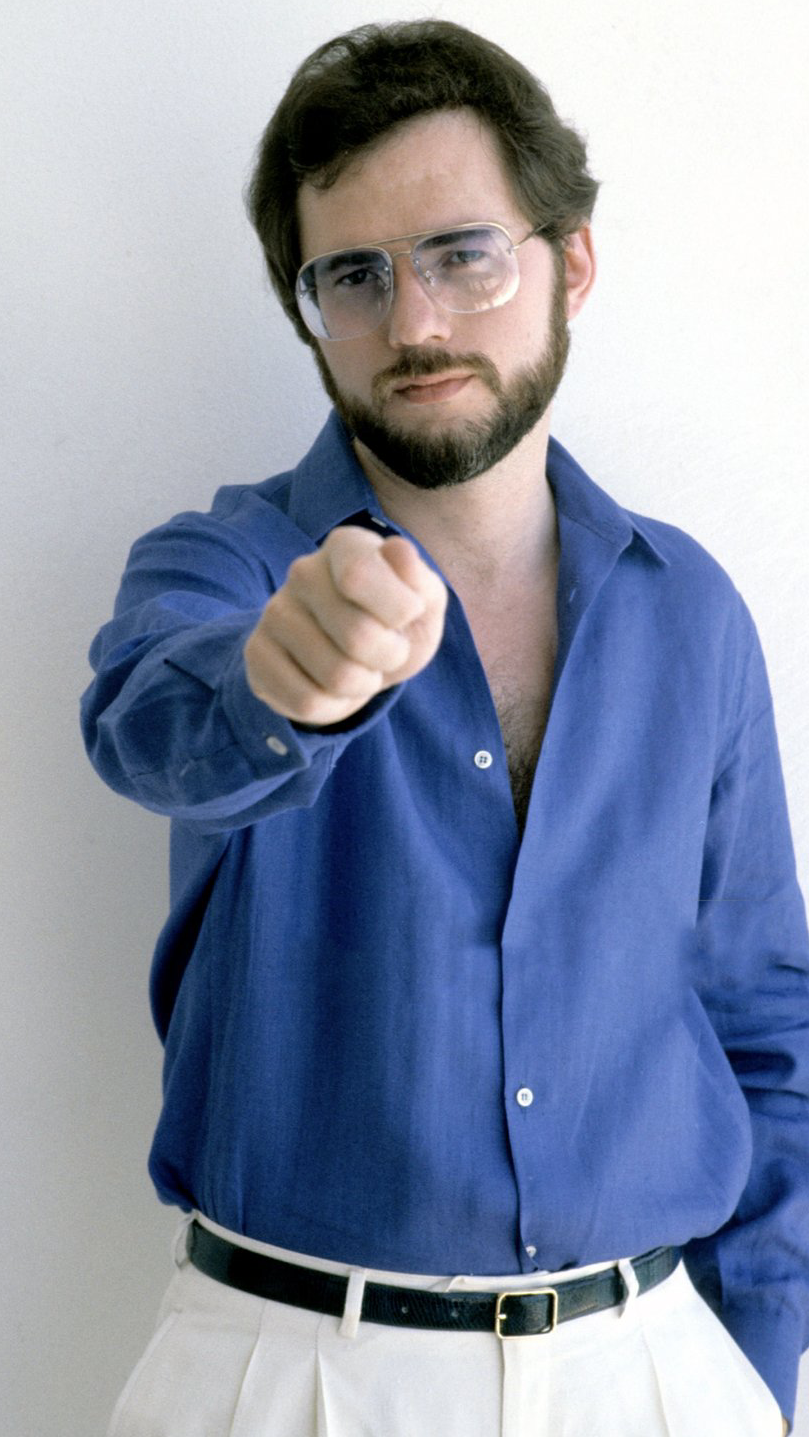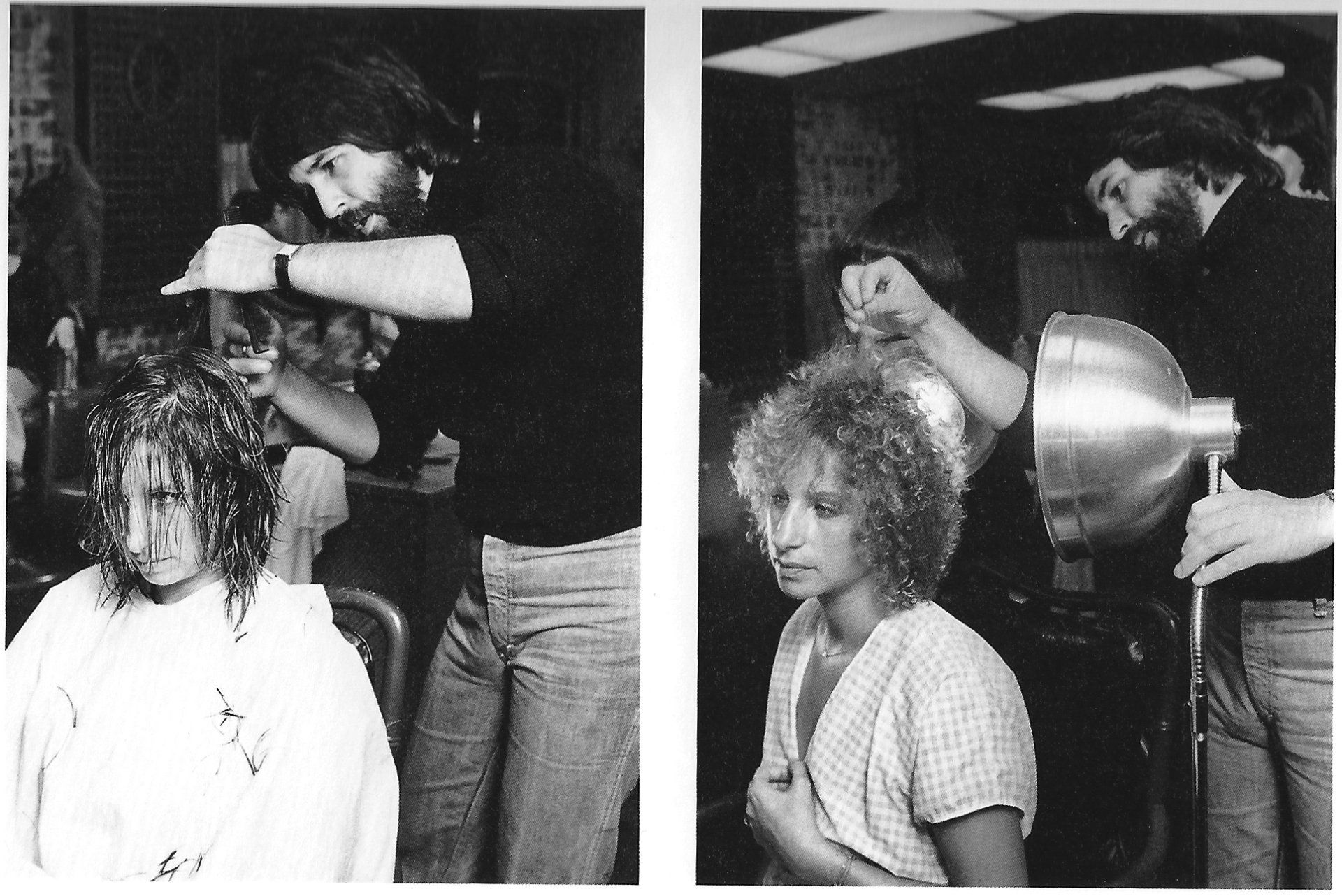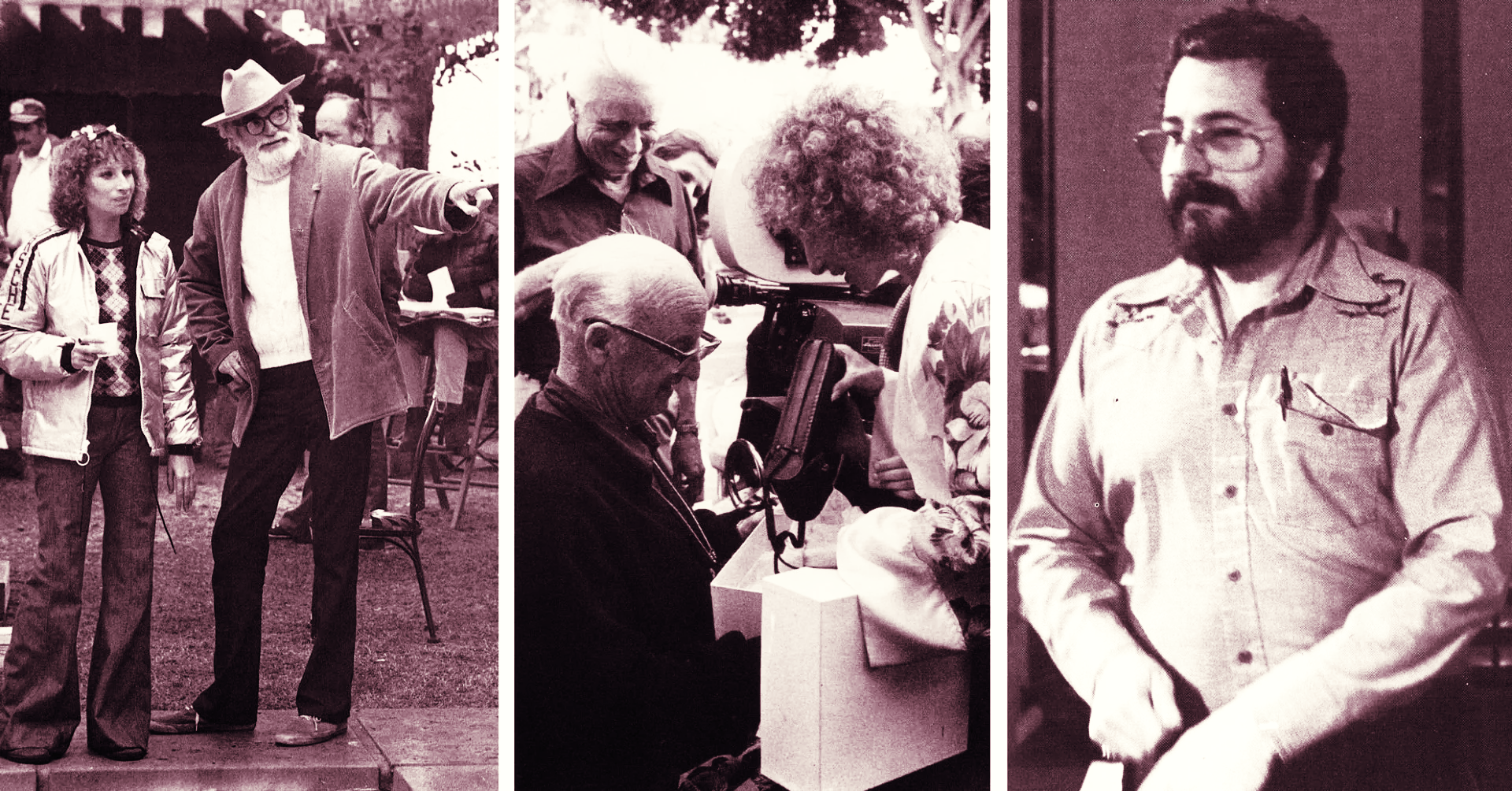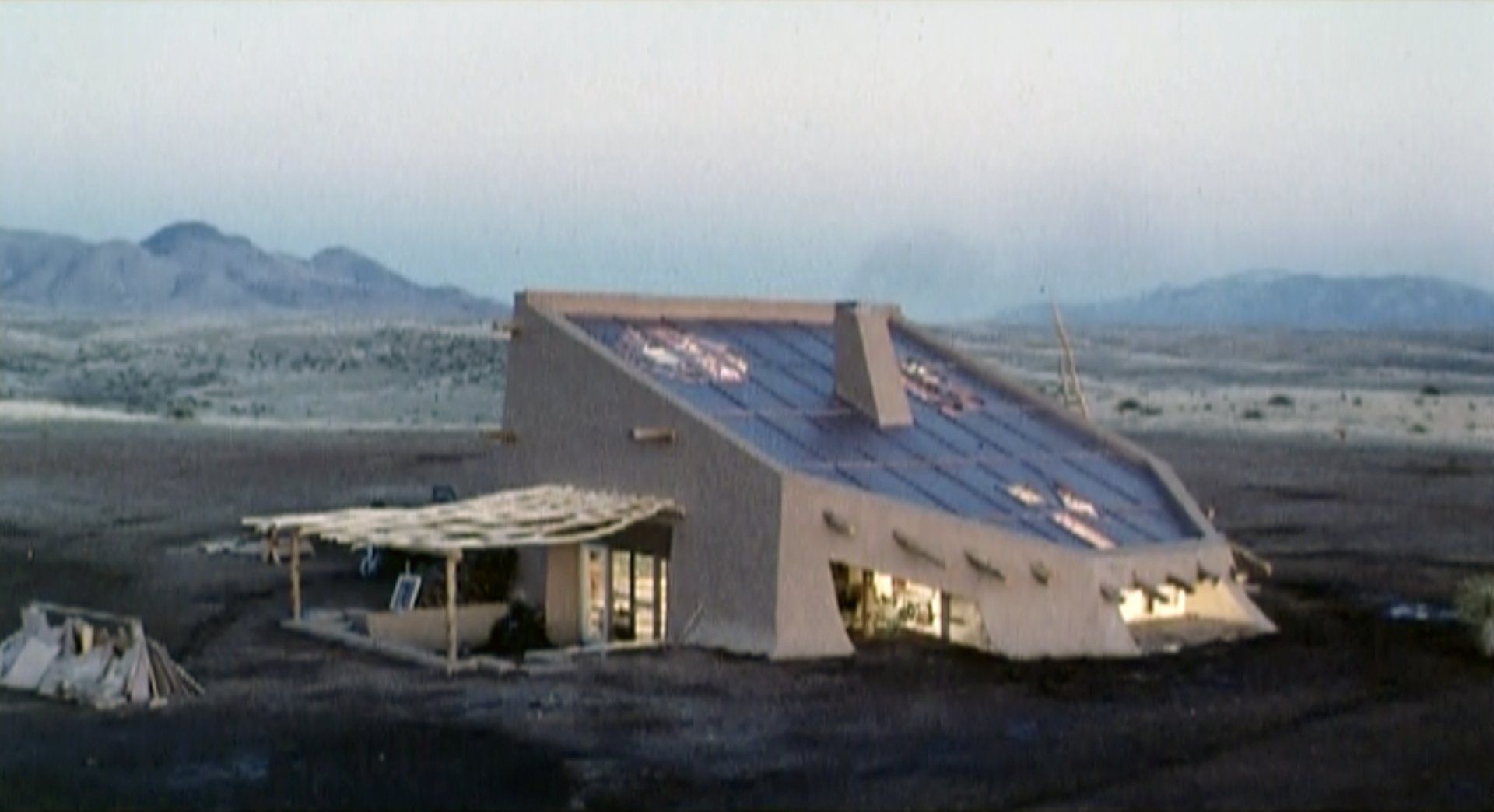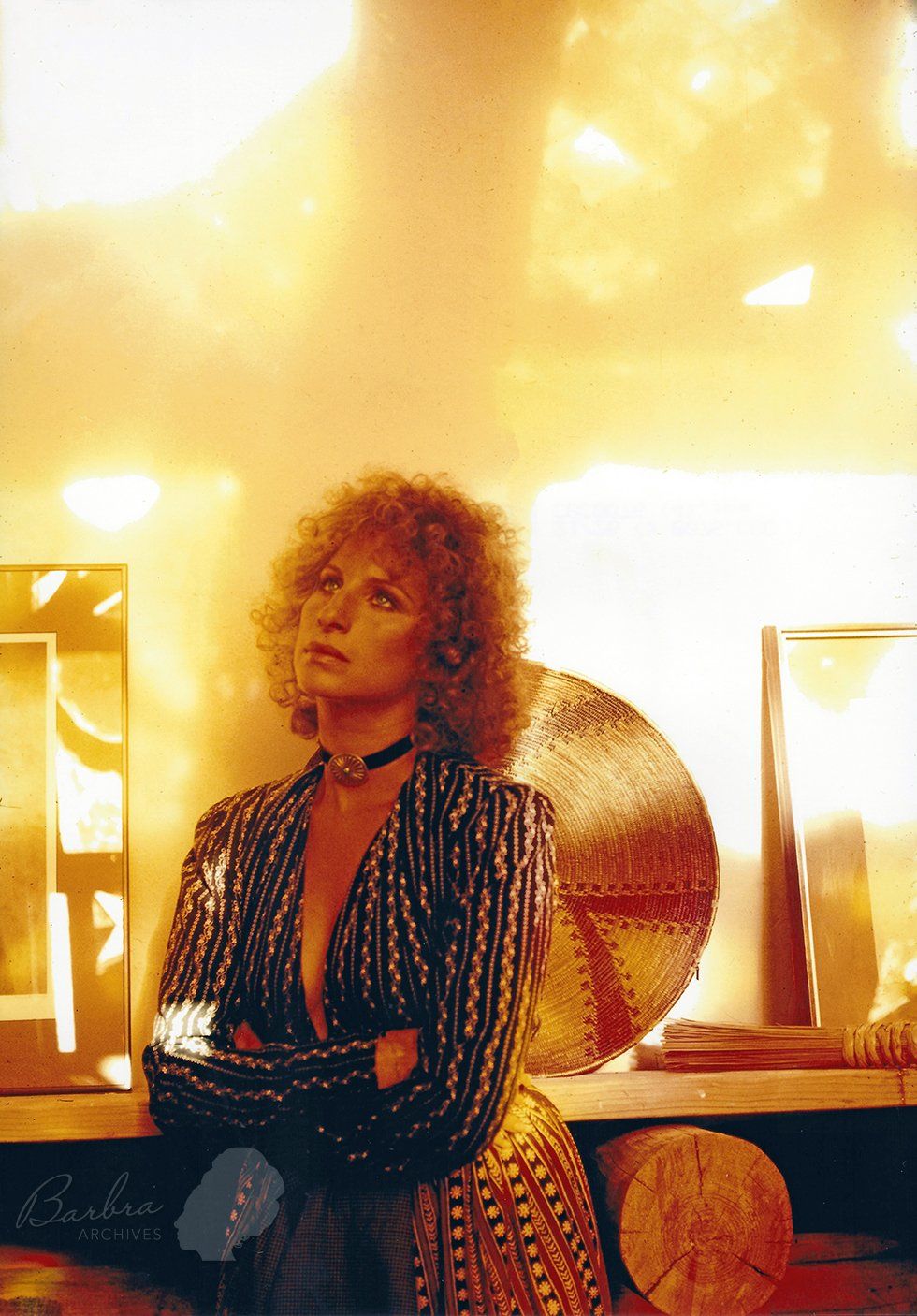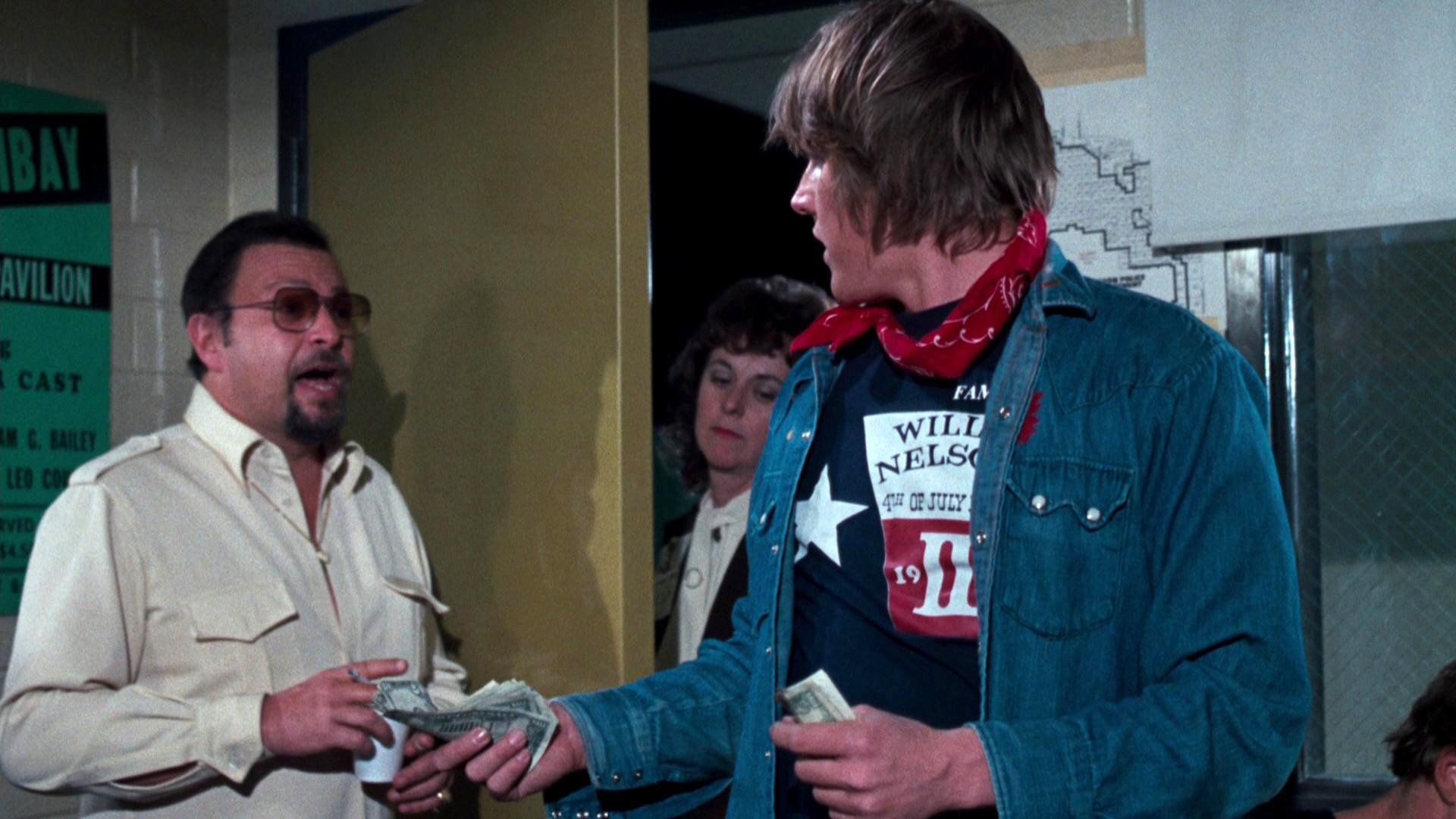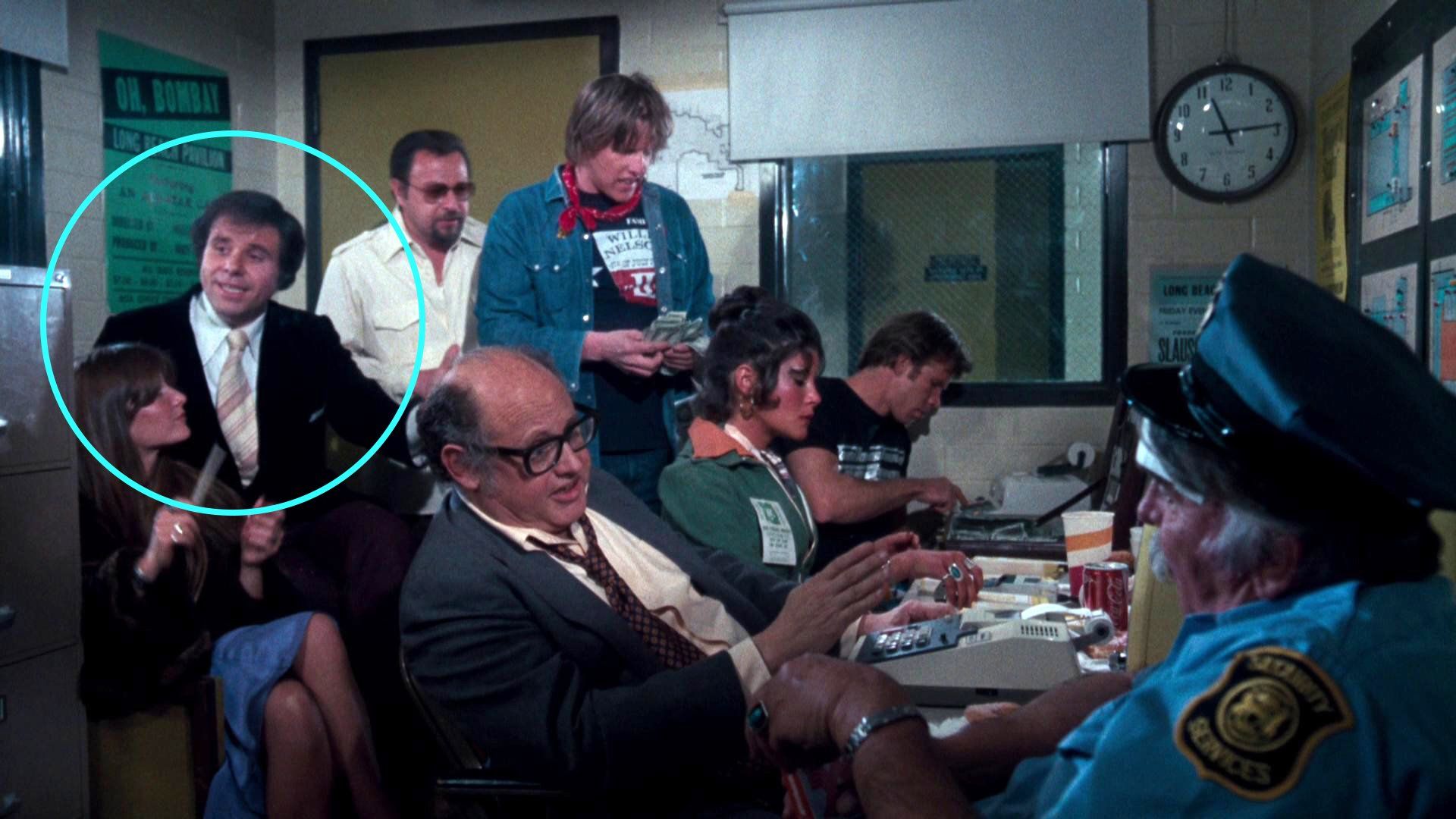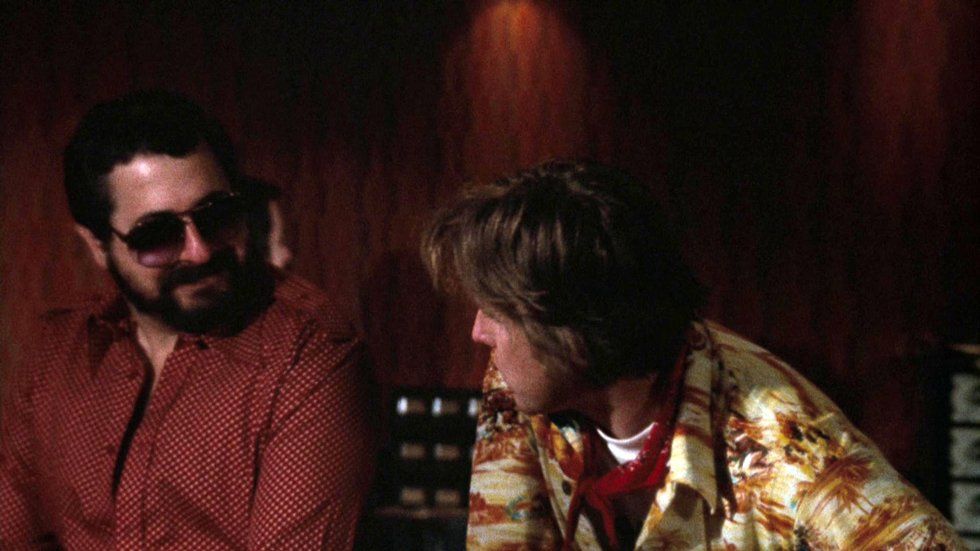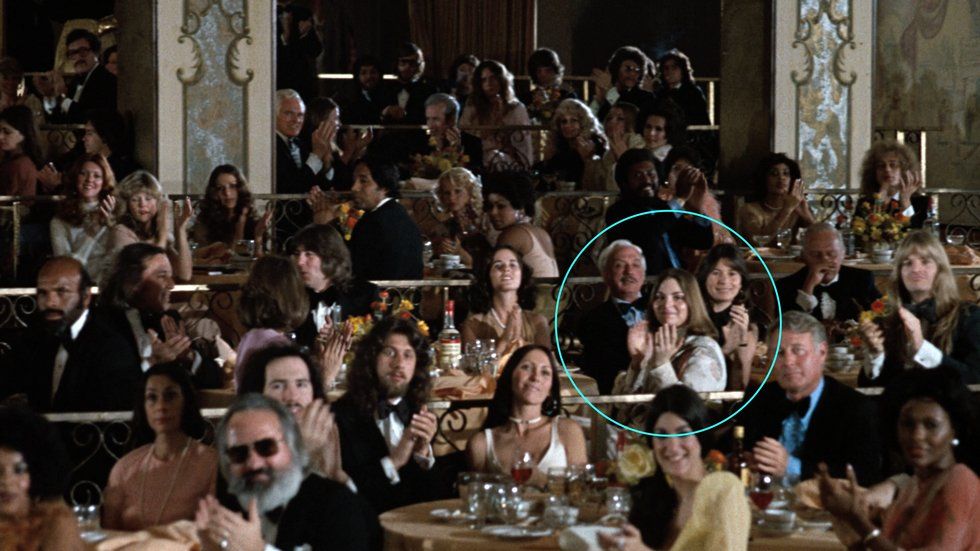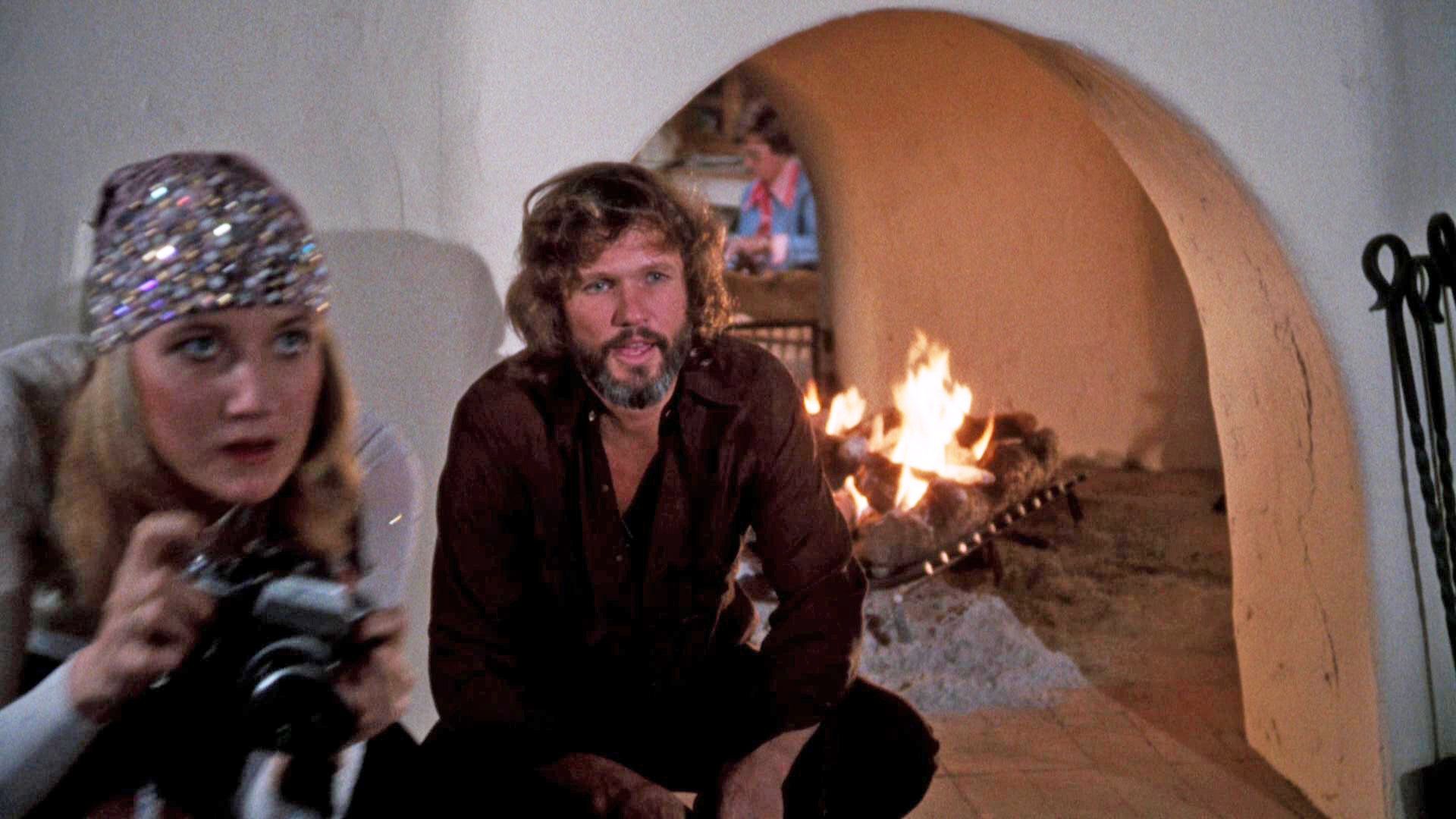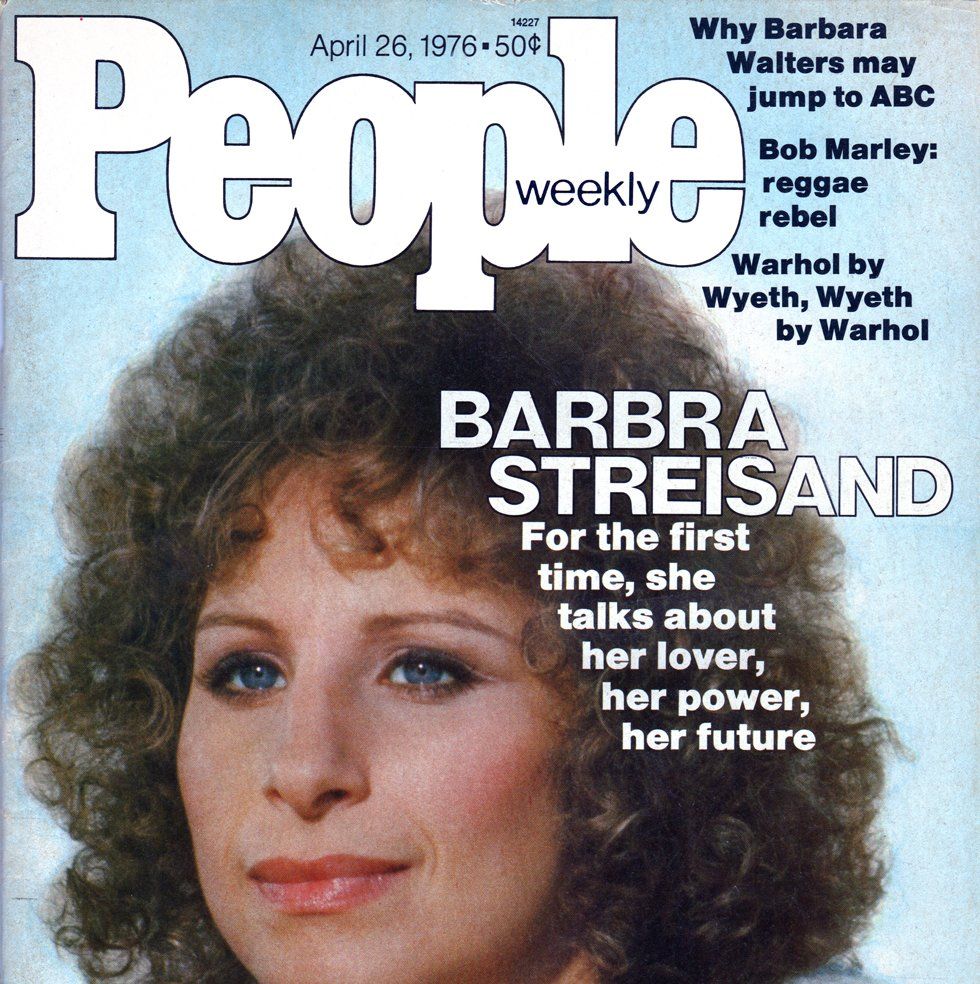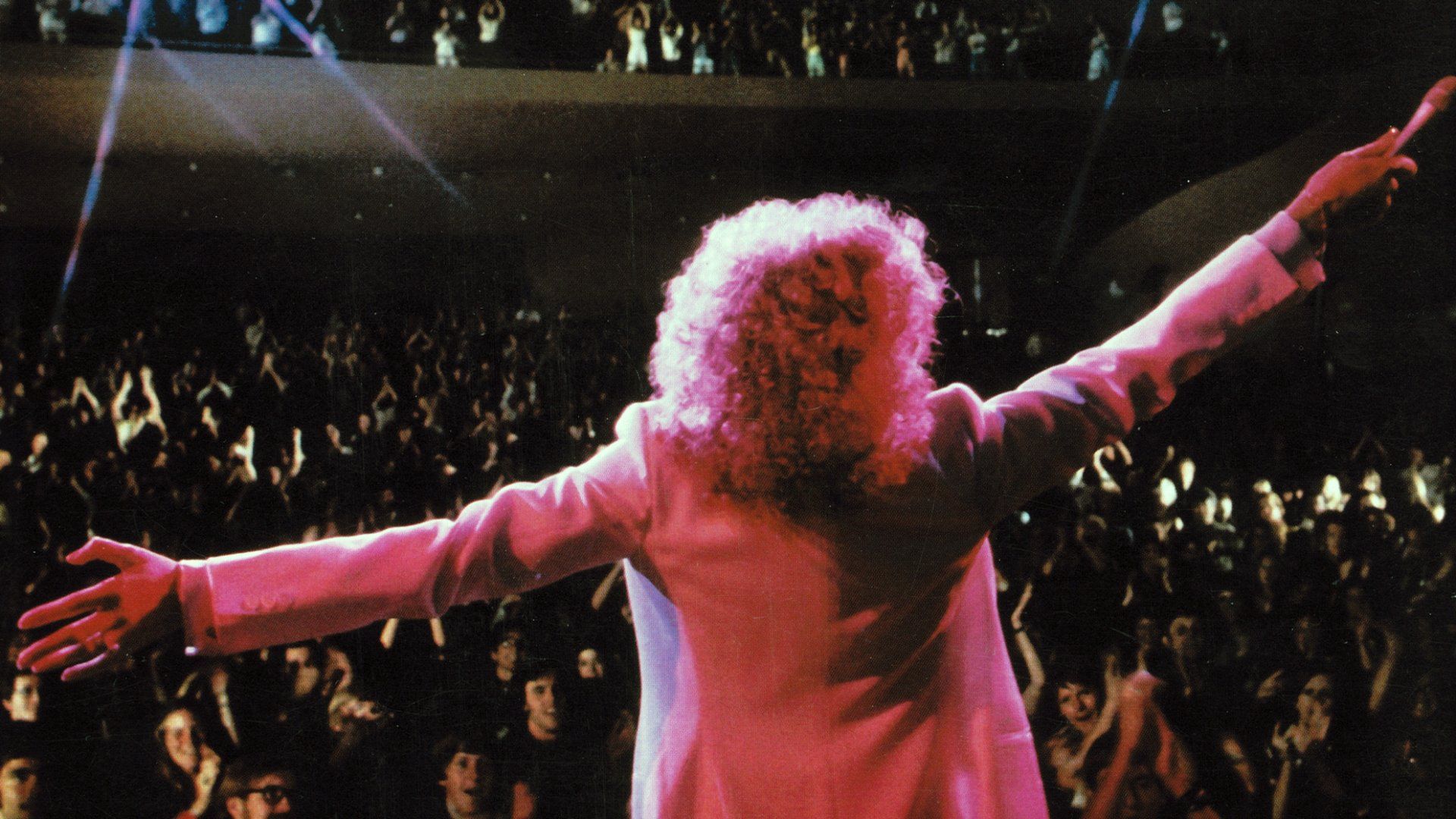A Star Is Born was Streisand's most successful film at the box office, budgeted at $6 million and grossing an estimated $80 million dollars (in 2020 dollars that would be a $26.5 million budget and $353.2 million earnings).
A Star Is Born presented a sexy, modern, feminist version of the Streisand persona, allowed her to sing on screen, and gave her unprecedented control behind the camera. The film was also a very controversial one for Streisand because of industry gossip about behind-the-scenes disagreements and the bad press that followed.
Career-wise, A Star Is Born (her tenth film) fell right after Funny Lady, Barbra’s 1975 musical sequel to Funny Girl — and 1968 film debut. By completing Funny Lady, Streisand had also fulfilled a four-picture contract she signed with producer Ray Stark. It was the 1970s, she was recording rock and pop music, making yogurt, and newly in love with Jon Peters … shouldn’t her next movie reflect that?
A Star Is Born was filmed three times before Streisand’s 1976 version. The first two versions were non-musicalized: What Price Hollywood (1937) and A Star Is Born (1937) with Janet Gaynor in the main role. Judy Garland’s 1954 take on the classic story was a musical film with songs by Harold Arlen. A Star Is Born was resurrected one more time in 2018 when Bradley Cooper directed and starred in an Oscar-winning version with Lady Gaga.
Streisand’s Star is Born was presented by First Artists — a production company she established with other actors like Sidney Poitier, Steve McQueen, and Paul Newman. A Star Is Born was the first movie Streisand made in which she held an executive producer title. “It just means that I’m responsible for the film,” Streisand told Shirley Eder. “The concepts, the music and just about everything. It also means, in this case, that I don’t get paid to act in the film and — it comes out of my pocket if we go over budget. What’s more, there’s nobody I can blame if anything goes wrong but me.”
Streisand explained, too, that “the deal with First Artists was that the artist was responsible for anything over $6 million dollars. I spent the $6 million on the movie. But then, when I got into sound, I spent another million dollars. When Warner Brothers saw the film, they liked it so much that they didn’t make me pay the million dollars.”
What rankled Hollywood and the press that wrote about it was that Streisand’s boyfriend, Jon Peters, didn’t take the usual path to becoming a film producer. He jumped right to the head of the line — on Streisand’s coattails, they wrote. Peters was already running a successful string of Los Angeles hair salons, having started as a hairdresser himself. But his ambitious entrepreneurism propelled him to become a mogul in the beauty business, employing hundreds of persons. “The hair business was never really big enough for me,” he told the press in 1976. “My scope, my ideas were larger than that particular business was limited to.” When he met Barbra Streisand, she wanted him to create a wig for her to wear in her film For Pete’s Sake. They began dating; they moved in together; Peters produced her album Butterfly; and just as soon, they were developing and producing A Star Is Born.
“My boyfriend’s a hairdresser,” Barbra stated defiantly at the time. “People say, ‘How can he possibly produce?’ Just like they said, ‘She’s a singer, how can she act, or play the guitar or write songs?’ Well — we’ll see.”
In 2003, James Lipton asked Streisand (on Inside the Actors Studio) what lead her to film a story that had been filmed three times before. Streisand responded, “Jon Peters — who didn't know they were filmed three times before!”
The critics were not kind to A Star Is Born and seemed to take a strange pleasure in punishing Streisand in their reviews for her ambition. Despite this hurdle, and the personal attacks, the movie was elevated by her fans, who not only made it the #3 box office hit of 1976 but bought the soundtrack album (#1 on the Billboard charts), and made the single, “Evergreen,” #1 as well. Streisand fans of a certain age count A Star Is Born as the defining moment they began following her career.

